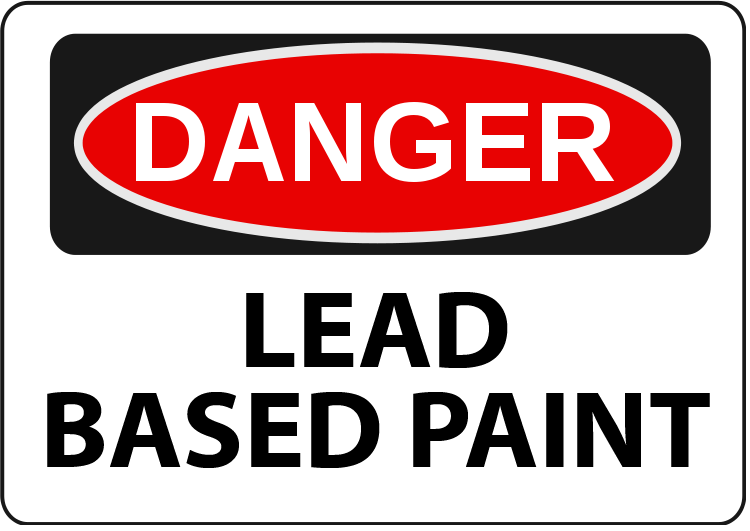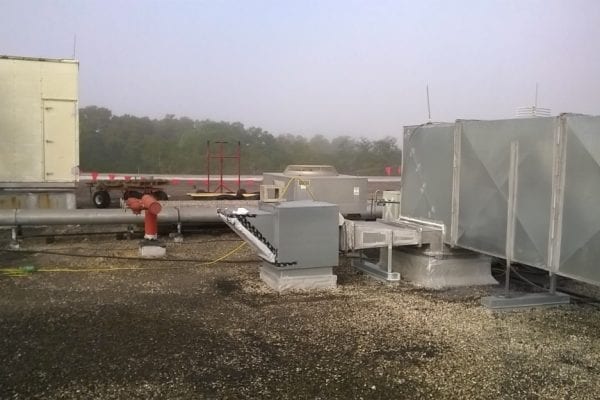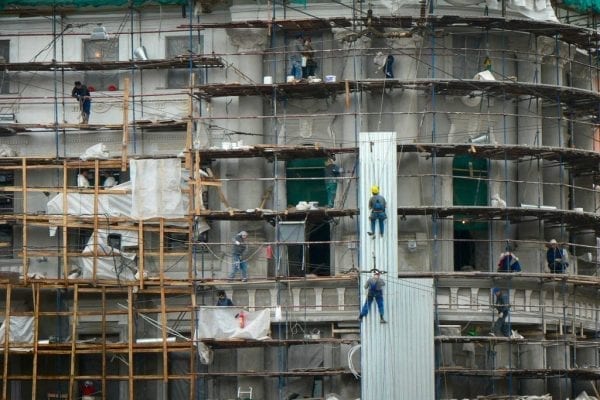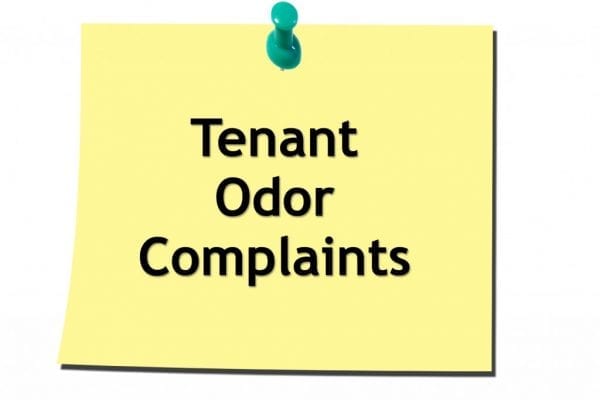Lead is a naturally occurring element that can be found in all parts of our environment. However, if ingested or inhaled, it is poisonous to humans and animals, especially children and pregnant women, damaging the nervous system and causing brain disorders. Even low blood levels of lead in children can cause behavior and learning problems, lower IQ and hyperactivity, slowed growth, hearing problems, anemia, and in rare cases, seizures, coma, and death.
Before being banned in households and public buildings in the U.S. in 1978, HUD estimates that lead paint was used in more than 38 million homes. During the course of normal repairs on these old buildings, the lead paint can form a toxic dust harmful to the inhabitants.
In order to minimize lead exposure during renovations and repairs, the EPA passed the Lead Renovation, Repair, and Painting (RRP) Rule in 2008. Additionally, the Occupational Health and Safety Administration (OSHA) has a regulation specifically pertaining to training and precautions when disturbing lead-containing paint.
Here is what every property manager needs to know.
1. What is the RRP Rule?
According to the EPA, “the purpose of the RRP Rule is to minimize exposure from lead-based paint dust during renovation, repair, or painting activities.”
The RRP rule requires that renovators be EPA-certified and trained in the use of lead-safe work practices. At this time, the rule applies to all firms and individuals who are paid to perform renovation, repair, and painting projects that disturb paint in pre-1978 housing and child-occupied facilities, including home improvement contractors, maintenance workers, painters and other specialty trades.
The RRP Rule currently only applies to residential housing built before 1978 and “child-occupied facilities,” which may include child care centers and some hospital settings.
2. Does the RRP Rule Apply to Commercial Properties?
Because the RRP Rule mainly applies to housing, commercial property owners often believe they don’t have to worry about it. However, if a commercial building contains a “child-occupied facility,” the RRP Rule applies, and relevant OSHA regulations apply in all cases.
According to the EPA, “a child-occupied facility means a building, or portion of a building, constructed prior to 1978, visited regularly by the same child, under 6 years of age, on at least two different days within any week, provided that each day’s visit lasts at least 3 hours and the combined weekly visits last at least 6 hours, and the combined annual visits last at least 60 hours.”
Most commonly, this applies to daycare centers, preschools, kindergarten classrooms, and health care facilities that serve young children, although any facility that meets the above criteria qualifies. This includes any common areas in the building routinely used by children under 6, such as restrooms and cafeterias, but does not include areas of the building that children only pass through, such as hallways, stairways, and garages.
At this time, commercial buildings or areas of commercial buildings that do not contain a “child-occupied facility” do not need to abide by the RRP Rule. However, OSHA requires that all building owners and contractors, including on commercial projects, must employ properly trained personnel, and exercise due precautions, any time renovations may disturb lead-containing paint.
Further, the RRP Rule may be extended to commercial buildings in the future. In 2010, the EPA issued an advance notice of proposed rulemaking (2010 ANPRM) announcing that they are determining whether or not renovation in commercial buildings creates lead-based paint hazards. As of this writing, the EPA is continuing their evaluation process.
3. How To Comply with the RRP
The EPA is serious about RRP enforcement. On October 27, 2015, the EPA announced 75 enforcement actions against non-compliant firms, including civil penalties ranging from $10,000 to over $50,000.
In order to comply with the RRP Rule, you must either become a Lead-Safe Certified Firm, or hire a Lead-Safe Certified Firm, to do any renovations. Renovators can become EPA Lead-Safe Certified by taking a training course from an EPA-accredited training provider, and following certain work and clean up practices outlined in the training, such as containing the job site, minimizing dust, and cleaning up thoroughly.
Whether the RRP applies to your building or not, it’s a good idea to know if and where your facilities contain lead-based paint, and how to properly handle repairs on such areas. For immediate assistance in determining whether the RRP Rule applies to your project, reach out to one of our lead paint experts today.






